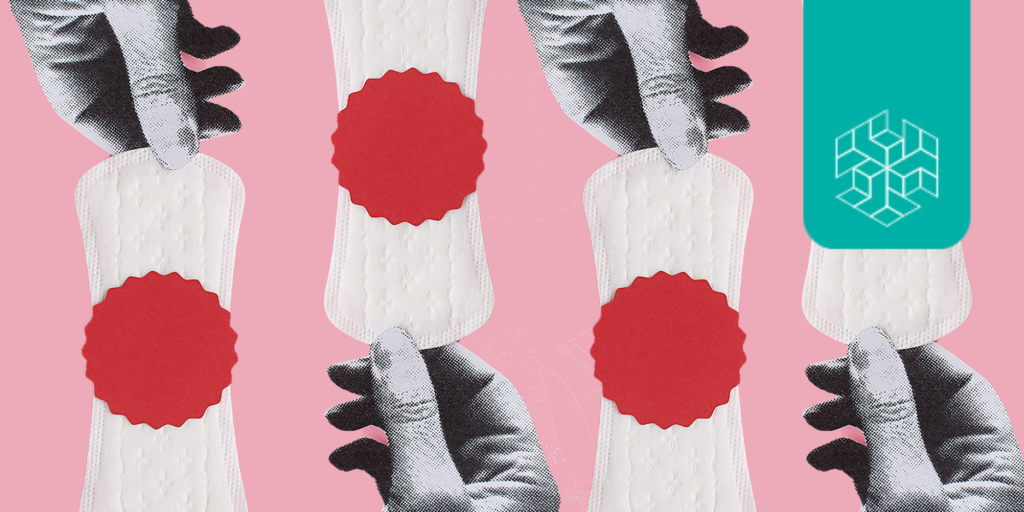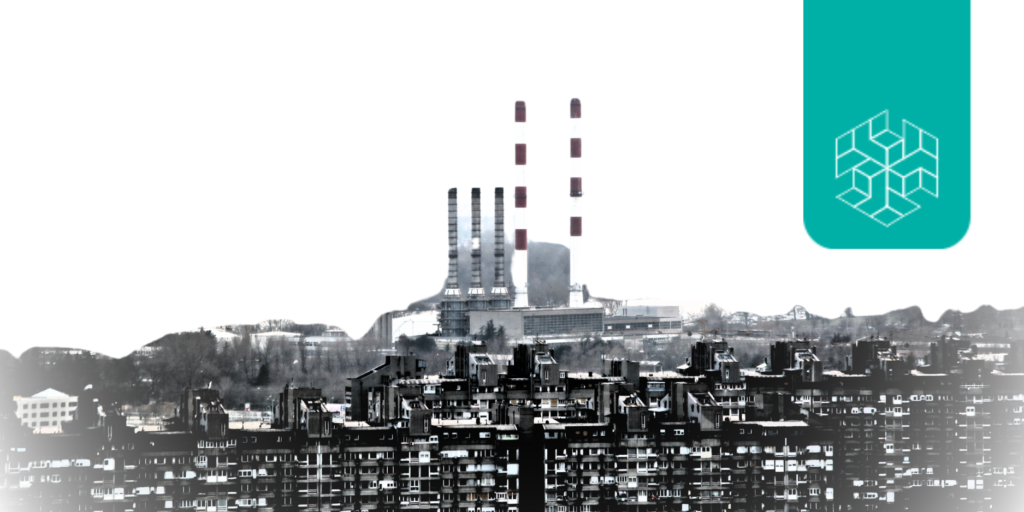Author: Anusha Arif
Historically, legal education and the practice of law have been considered one of the most sought-after professions in the world. Legal education and profession have historically remained linked to ensure access to justice for the masses and promote the rule of law. In India’s history with resistance, many notable personalities who shaped the country’s legal framework, such as Dr. B.R. Ambedkar and Madan Mohan Malviya, were lawyers.
In its expanding nature, legal education encompasses various professional paths that include not only lawyers but also policymakers, judges, administrators, law teachers and, in many cases, politicians. However, the deteriorating quality and inaccessibility of legal education in India have often been questioned. The need for a complete revamping of the legal education system has been highlighted by the Supreme Court of the country while acknowledging the “spate of issues that plague the legal profession”.
A few of these issues include exorbitant fee structures, unequal access to databases for research, barriers to inclusive education, etc.
The consortium of law universities in India, also known as the National Law Universities (NLUs), are considered the premier institutions for legal education. There are 26 national law universities in different parts of the country, such as Hyderabad, Bangalore, Himachal Pradesh and others. Autonomous law institutes are considered “exclusive” because of their low student intake. For the CLAT undergraduate exam in 2022, as many as 56,472 candidates appeared for 2622 seats. These also include domicile and state quotas ranging from 10% at certain universities to 63%. In the same year, for traditional universities such as Aligarh Muslim University, nearly 3665 candidates took the entrance exam for a total of 240 seats at different campuses. The admission process thus remains extremely competitive and highly selective.
Legal departments are also established in private universities or state and central universities. For most private-owned universities and NLUs, the fees charged from students are extremely high. In fact, in 2023, National Law University, Delhi (NLU-D) faced backlash for revising its fee structure from 1,63,000 INR to 3,65,000 INR pa. The immoderate fee hike excludes students from economically weaker backgrounds, who are also indiscriminately affected by high entrance exam fees for CLAT and the All India Law Entrance Test (AILET). The “exclusivity” of these institutes is primarily dictated by affordability.
Other traditional law schools such as the Faculty of Law at Jamia Millia Islamia, Aligarh Muslim University, Banaras Hindu University, Allahabad University, Government Law College, Mumbai and Faculty of Law, DU provide some more affordable but highly competitive routes for a legal career. For instance, the Faculty of Law DU and Government Law College Mumbai charge 13,934 INR and 19,700 INR fee pa. However, financial disparity also creates barriers for students enrolled in law schools beyond fee structures. Law students are expected to participate in moot court competitions, the financial burden of which is often borne by them and not the colleges. The colleges often encourage unpaid internships and require students to move to bigger cities like Delhi. Financial insecurity can further the divide in the quality of legal education between students enrolled in the same college.
Diversity studies conducted at traditional law schools such as Jamia Millia Islamia’s Faculty of Law and top NLUs reveal that students from middle to low-income backgrounds attend traditional law schools such as Jamia. According to the study, at Jamia, nearly 49.9% of the entire student body had a family income of less than INR 50,000 per month, while students belonging to the same group were as low as 18.9% at the National Law School of India (NLSIU) University.
Beyond financial inaccessibility, another major issue strangling the quality of education is the inability to revamp the curriculum. The Bar Council of India (BCI) provides an approved set of Rules and Standards for Legal Education and Recognition of Degrees (also known as the BCI Education Rules, 2008). According to these rules, each law school in India must provide library facilities, which include the All India Record (AIR) manual, central and local acts, Supreme Court Cases (SCC), Company Cases, and Criminal Law Journal, along with reading rooms and internet access points. The institutions are also required to establish Legal Aid clinics that run under the supervision of senior faculty members. For access to the databases mentioned above, digital versions such as Manupatra and SCC Online have been created, which aid legal research; however, for many central and state universities, the transition has been slow and long-drawn.
A 2013 study by UNDP revealed that about 82% of the colleges have a designated faculty to conduct legal aid, and many traditional universities did not have legal aid clinics before 2016. This is despite the BCI making it a compulsory paper in 1997. Even when legal aid centres exist to facilitate access to free legal counselling, most awareness programmes are found inappropriate, being mostly limited to ‘public talk’ conducted by some lawyers with no follow-up services.
Furthermore, most legal education institutions in the country are not inclusive of linguistic and religious minorities either. A 2015-16 study of student demographics at the National Law School showed that the Muslim student population constituted not even 1%. On the other hand, it also revealed that students who had school education from big cities fared well in activities such as mooting and debating. This data shows a trend and further establishes the requirement for more need-based scholarships at these institutions that increase diversity and promote equal opportunity.
Ideas for revamping of system
The need to revamp the legal education system has been discussed widely between experts and students and has even been highlighted by the Supreme Court of India. The question remains, what needs to change to make legal education more inclusive and adapt to the changing legal environment of the country?
Firstly, the BCI must cap exorbitant fees charged by the National Law Universities to increase access to students from middle to low-income groups. Additional need-based scholarships can further assist in increasing the diversity of these institutes. Secondly, a complete revamping of the curriculum is required to make legal education more holistic. An integrated programme, taught with a multidisciplinary approach along with psychology, social sciences, justice delivery system and legal writing workshops is required to give students the tools they need as a law professional. Further, training and internships should be made a part of the programme, similar to other professional courses. A national scheme can be introduced to allow students to engage with senior practitioners, legal firms, companies, and non-governmental organisations to expose them to the reality of the legal profession.
Integrating the profession of law, where legal education is more in tune with the practice of law, is required to democratise legal education in India. The connotation of law being an “elite” and “exclusive” profession does more harm than good in the diversification of the legal environment of the country. Representation at the onset of the career makes space for the aspirations of diverse groups at later stages.



